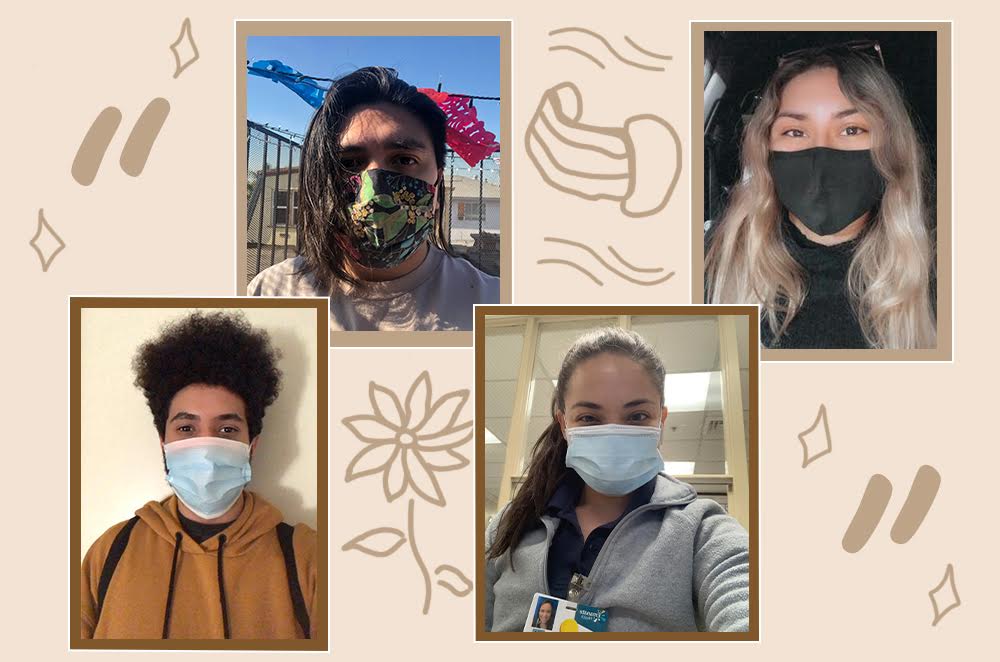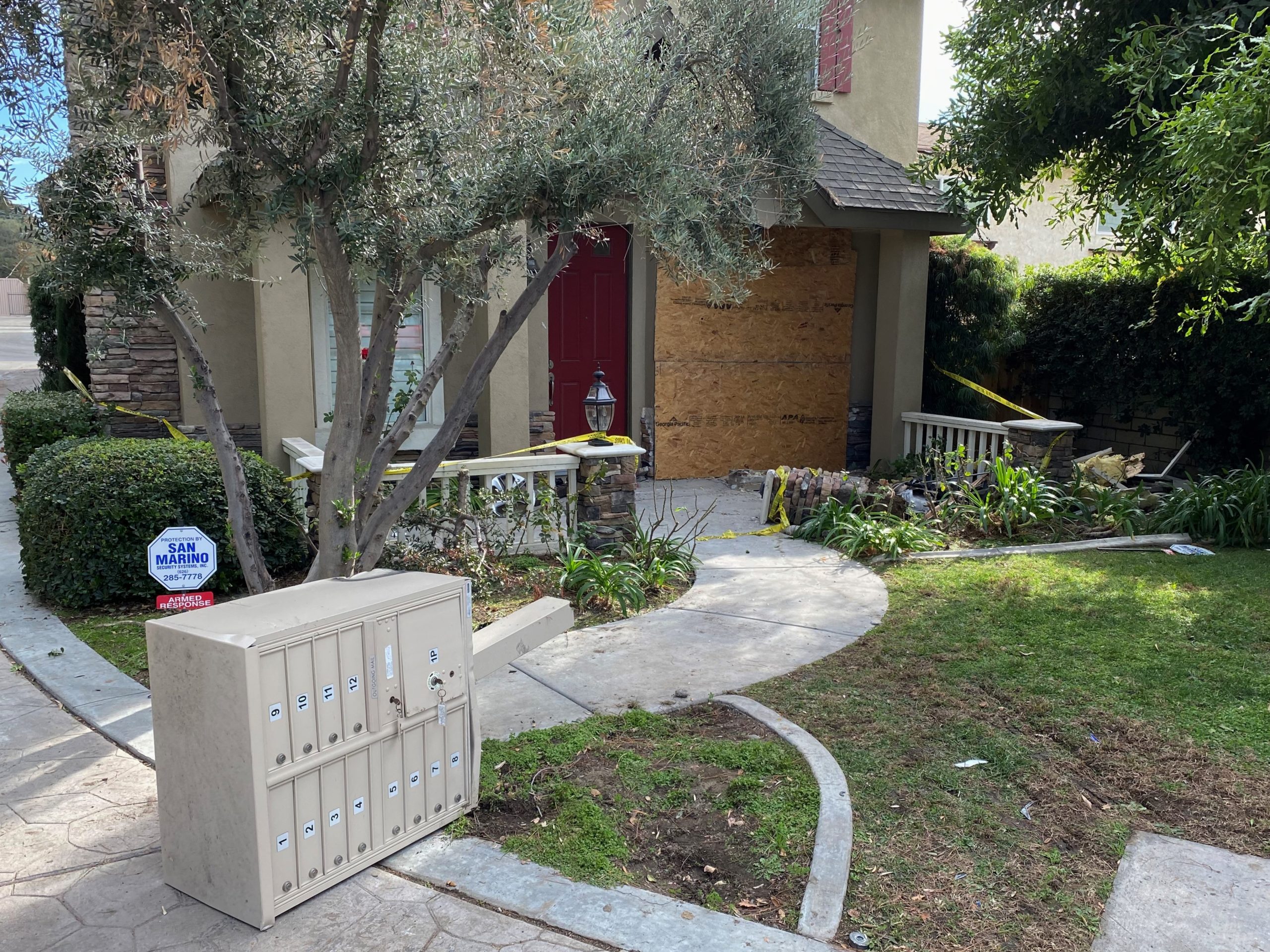
The State Safe Schools for All plan, California’s framework to expand the number of schools resuming in-person instruction, was released on Dec. 30 by Governor Gavin Newsom.
According to the governor’s office, the plan is “Informed by growing evidence of the decreased risks and increased benefits of in-person instruction.”
The plan was developed in partnership with the Legislature, and the governor’s adjustment of the state budget will propose $2 billion to support safety measures — including testing, ventilation and PPE — for schools that have resumed in-person instruction or phasing in of in-person instruction by early spring.
“As a father of four, I know firsthand what parents, educators and pediatricians continue to say: in-person is the best setting to meet not only the learning needs, but the mental health and social-emotional needs of our kids,” Newsom said in a statement. “In the midst of this pandemic, my administration is focused on getting students back into the classroom in a way that leads with student and teacher health. By focusing on a phased approach with virus mitigation and prevention at the center, we can begin to return our kids to school to support learning needs and restore the benefits of in-person instruction. It’s especially important for our youngest kids, those with disabilities, those with limited access to technology at home and those who have struggled more than most with distance learning.”
The administration’s strategy focuses on first returning children in transitional kindergarten through second grade to in-person learning. Priority will also be given to districts with a large number of disadvantaged students — English learners, foster youth, and from low-income households. Other grade levels would be phased in through the spring. According to the administration, the phased-in return “recognizes that younger children are at a lower risk of contracting and transmitting COVID-19.” Distance learning will remain an option for families who choose it and for those whose health status does not allow them to return to school in the near term.
In a statement, the California Teachers Associations said they are awaiting more details and clear guidelines to form a statewide plan that reduces confusion for families. “The focus on safety plans, data collection, transparency and enforcement seem to be steps in the right direction; however, there are many unanswered questions and the devil is always in the details, particularly as it relates to implementation and execution.”
CTA President E. Toby Boyd said that amidst ICU shortages, the associations supports continuing distance learning for schools in areas with the highest transmission rates.
The administration also plans to support frequent testing for all students and staff, including weekly testing for communities with high rates of transmission; masks for all students and staff, including distribution of millions of surgical masks for school staff; improved coordination between school and health officials for contact tracing; and prioritization of school staff for vaccinations.
Dr. Naomi Bardach, a UCSF pediatrician and expert on school safety, will lead the Safe Schools for All Team — composed of staff from CDPH, Cal/OSHA, and educational agencies — to provide hands-on support to help schools develop and implement their COVID-19 safety plans. The team will visit schools and perform walk-throughs as needed, and will provide webinars, training materials and ongoing technical assistance.
A state dashboard will allow parents to see their school’s reopening status, level of available funding and data on school outbreaks. Additionally, school staff and parents will be able to report concerns to the team through a web-based “hotline.”
CTA maintains that local parents and educators should decide when to open for in-person teaching. “Those decisions should be driven by the community and local health conditions, rather than ‘incentives’ tied to an arbitrary date, particularly given the current rates of transmission and conditions in some of our most vulnerable communities,” CTA said in a statement. The incentives include additional funding of up to $700 per student for districts that participate.
Under the governor’s plan, schools in counties with a seven-day average of fewer than 28 COVID-19 cases per 100,000 residents would become eligible to resume in-person teaching.






